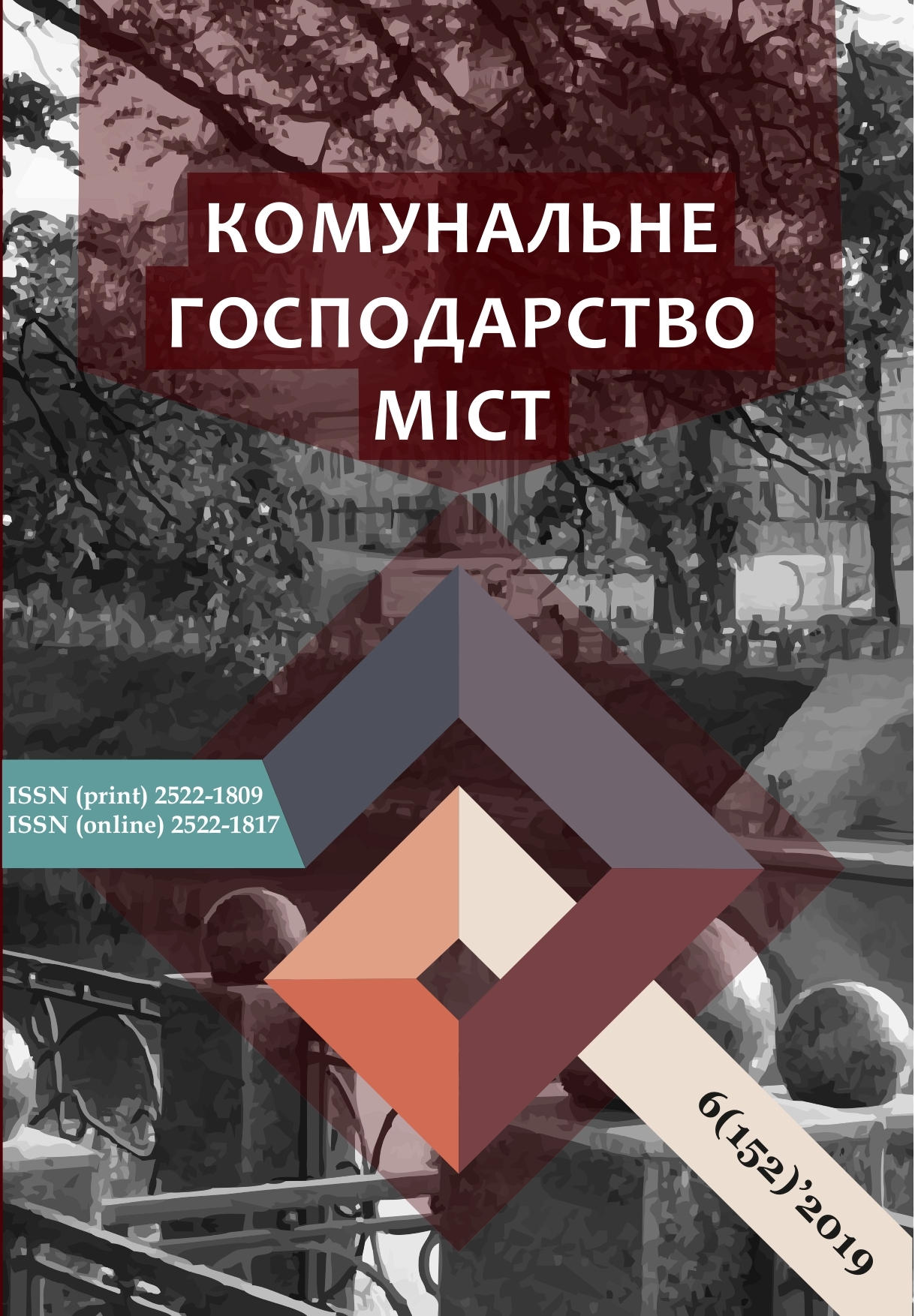SEM OF CALCIOSPHOSPHATE MATERIALS BIOMEDICAL PURPOSE
Array
Keywords:
correction of bone defects, osseointegrative properties, individualized fragments, stereolithographic (3D) printingAbstract
Using a scanning electron microscope (Carl Zeiss, Germany), the mineralogical composition and microstructures of calcium phosphate materials based on Са3(PO4)2 and additives (ZrO2, MgAl2O4, MgO, Са10(PO4)6F2) were studied using the method of two-stage self-tinted cellulose-coal replicas and extracting replicas. The possibility of using the studied materials to correct defects in bone tissues and replenish their deficiency is assessed. The dependences of the microstructure of materials on the content and size of impurities and heat treatment modes are determined. It was found that the strength of the crystalline intergrowth and the adhesion force of crystals for the materials under study will be the greater, the smaller the ionic radius of additives. A full range of medical and toxicological-hygienic tests of the developed materials on warm-blooded animals was carried out, It was found that they belong to low-toxic, low-hazard substances with weakly expressed cumulative properties; they do not have gonadotoxic, embryotoxic, cytotoxic, mutagenic and teratogenic effects, skin-irritating and skin-resorptive properties. It was found that they do not cause any negative reactions in adjacent tissues, do not have specific long-term effects of exposure, and can be used to make up for a lack of bone tissue. The resulting materials can also be used as constituents of composites used in stereolithographic (3D) printing of the necessary fragments of the skeleton to replace the lost ones. The developed materials are characterized by biological compatibility with bone tissue due to the content of C3P, and due to the content of inorganic impurities, they are characterized by inertness with respect to aggressive liquid media of a living organism; this is due to their lower solubility. The presence of impurities simultaneously increases the mechanical properties of the composites. The introduction of the developed materials in reconstructive surgery will solve the problems of correction of bone tissue defects.
References
Hench, L. L. (2002). Third generation biomedical materials Science, 295 (5), 1014-1017, doi: 10.1126/ science.1067404.
Logeart-Аvramoglou, D.I., Anagnoston, F., Bizios, R., Petite, H. (2005). Engineering bone: challenges and obstacles J. Cell. Mol. Med., 9 (140), 1, 72, doi: 10.1111/j.1582-4934.2005.tb00338.x
Evstratov, V. А., Krivileva, S. (2018) Dynamic pressing is an energy-saving method for obtaining a nanocrystalline composite material of apatite composition for the correction of structural skeletal disorders. Integrated Technologies and Energy Saving: Power Engineering, Heat Technologies and Energy Saving, 1, 9 - 14.
Krivileva, S., Moiseev, V. (2018). Functional materials for medical and biological purposes on the system СаО-CaF2-P2O5-Н2O and additives Functional Materials, 25 (2), 358 – 363, doi:10.15407/fm25.02.358.
Krivileva, S., Berezhnoy, A. (2017) Energy-saving method for the synthesis of calcium phosphate biomedical materials reinforced with single crystals. Integrated Technologies and Energy Saving: Power Engineering, Heat Technologies and Energy Saving], 4, 10 – 14.
Corbrigj, D. (1980) Phosphorus: the fundamentals of chemistry, biochemistry, technology, Мoskov, Wold Publ., 680.
TenHuisen, K.S., Brown, P.W. (1997) Effects of magnesium on the formation of calcium-deficient hydroxyapatite from CaHP04-2H20 and Ca4(P04)20 J. Biomed. Mater. Res., 36, 306-314.
Ng, A.H.M., Herez, G., Kandel, R., Grynpas, M.D. (2004) Association between fluoride, magnesium, aluminium and bone quality in renal osteodystrophy Bone, 34, 216-224, doi: 10.1016/j.bone.2003.08.006.
Kannan, S., Lemos, I.A.F., Rocha, J.H.G., Ferreira, J.M.F. (2005) Synthesis and characterization of magnesium substituted biphasic mixture of controlled hydroxyapatite/p-tricalcium phosphate ratio J. Solid State Chem., 178, 3190-3196, doi: 10.1016/j.jssc.2005.08.003
Habibovic, P., de Groot, K. (2007) Osteoinductive biomaterials-properties and relevance in bone repair J. Tissue Eng. Regen. Med.,1, 25-32, doi: 10.1002/term.5.
LeGeros, R.Z. (2008) Calcium-phosphate based osteoinductive materials Chem. Revs., 108, 4742-4753, doi: 10.1021/cr800427g.
Silva, G.A., Coutinho, O.P., Ducheyene, P., Reis, R.L. (2007) Materials in particulate form for tissue engineering. Part 2. Applications in bone J. Tissue Eng. Regenerative Med., 1, 97-109, doi:10.1002/term.1.
Barinov, S.M., Komlev, V.S. (2008) Calcium phosphate based bioceramics for bone tissue engineering. TransTech Publ., Zuerich, 159.
Krivileva, S., Rassokha, A., Zakovorotnyi, A., Zinchenko, M., Bukatenko, N, Zhukov, V. (2018) Hibrid organo-inorganic composite materials of an incorporative type based on calcium phosphates for bone surgery Functional Materials, 25 (3), 546 – 553, doi: 10.15407/fm25.03.546.
Cedola, A., Stanic, V., Burghammer, M., Lagomarsino, S., Rustichelli, F., Giardino, R., Nicoli Aldini, N., Fini, M., Komlev, V. and Di Fonzo, (2003) S. X-ray micro-diffraction analysis of reconstructed bone at Zr prosthetic surface with sub-micrometer spatial resolution J. Physics in Medicine and Biology, 48. 37-48, doi: 10.1088/0031-9155/48/3/401.
Downloads
Published
How to Cite
Issue
Section
License
The authors who publish in this collection agree with the following terms:
• The authors reserve the right to authorship of their work and give the magazine the right to first publish this work under the terms of license CC BY-NC-ND 4.0 (with the Designation of Authorship - Non-Commercial - Without Derivatives 4.0 International), which allows others to freely distribute the published work with a mandatory reference to the authors of the original work and the first publication of the work in this magazine.
• Authors have the right to make independent extra-exclusive work agreements in the form in which they were published by this magazine (for example, posting work in an electronic repository of an institution or publishing as part of a monograph), provided that the link to the first publication of the work in this journal is maintained. .
• Journal policy allows and encourages the publication of manuscripts on the Internet (for example, in institutions' repositories or on personal websites), both before the publication of this manuscript and during its editorial work, as it contributes to the emergence of productive scientific discussion and positively affects the efficiency and dynamics of the citation of the published work (see The Effect of Open Access).

